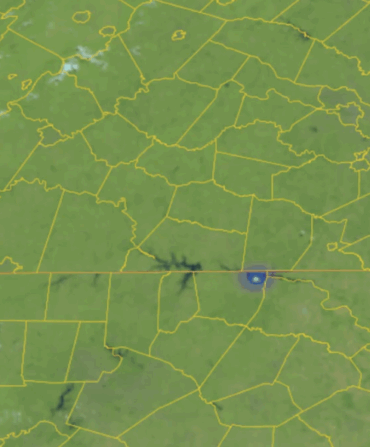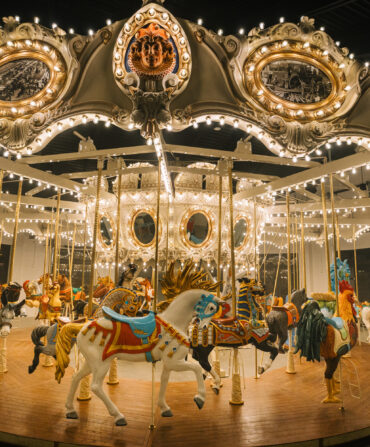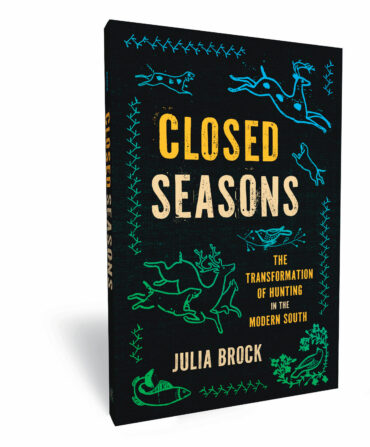Before she died last August, the writer and long-time Garden & Gun contributor Julia Reed set up a charitable trust to carry on her legacy. “She wanted to engage her friends, family, and community of readers,” says Keith Smythe Meacham, the chair of the Julia Evans Reed Charitable Trust, Reed’s business partner in Reed Smythe & Company, and her longtime friend. “She wanted to continue what she began so beautifully during her lifetime.” That trust will continue to give to Reed’s favorite nonprofits—which support such causes as housing security, food security, education, and the arts in the Mississippi Delta—while also targeting other charities that fit Reed’s mission.
To that end, on February 5, the trust will auction off items from Reed’s estate through Neal Auction Company in New Orleans in a one-day, online event. “If you knew her, you knew how things were not just things to her,” Meacham says. “They were in service to a greater good of hospitality and convening people.”

In addition to the silver serving vessels, porcelain dinner plates, and mahogany furniture with which Reed filled her homes, she also collected art ranging from original paintings by the Mississippi artist William Dunlap, to Audubon reproductions, to a nineteenth-century framed needlework of a recumbent tiger. “One of her most iconic pieces is the cricket player painting,” Meacham says. So beloved by Julia, the work moved from her great-grandparents’ house in Nashville to Reed’s New York apartment on 78th Street, to her parlor in New Orleans, and then finally to her cherished Delta Folly.
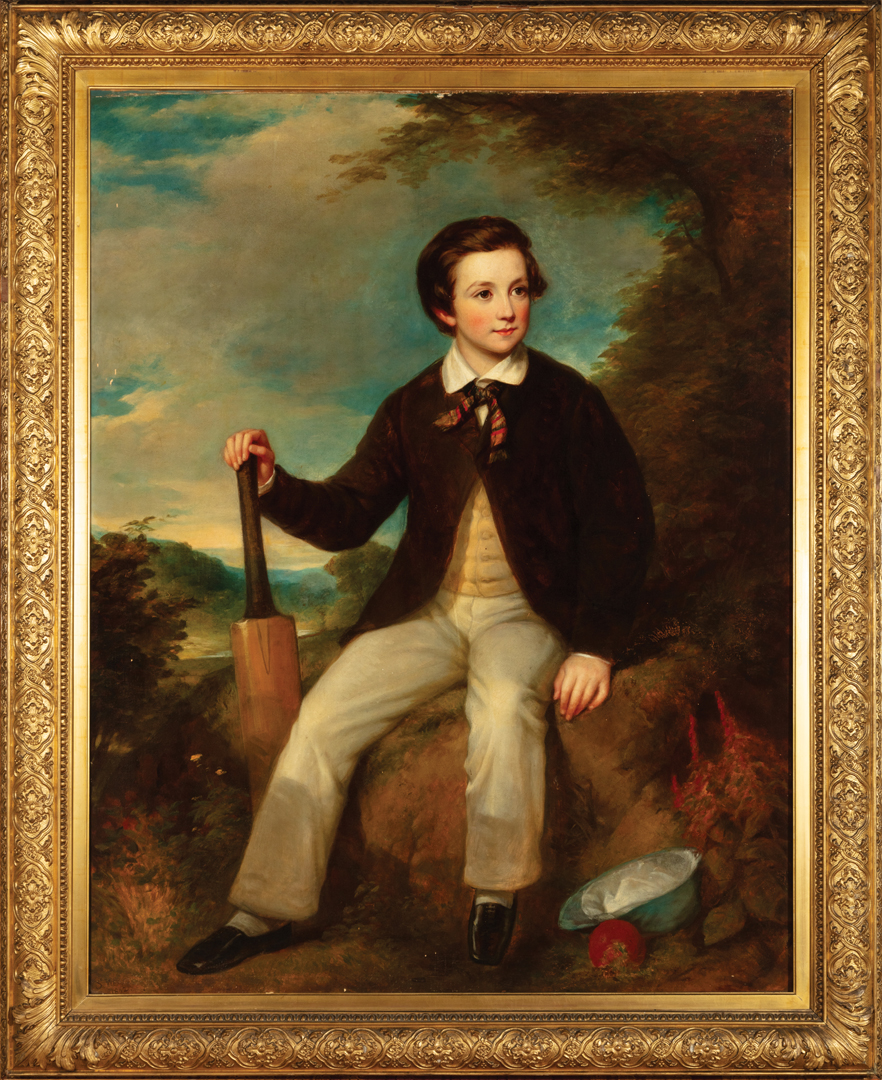
Although the smaller plates and glassware bring back priceless memories to Reed’s closest friends, Meacham’s favorite item up for auction may be the green damask sofa. “It’s the one she was always photographed on,” Meacham says. “It’s where Henry, her beloved beagle, slept. I can’t tell you the number of times we plopped on that couch, laughing from the belly.”
That’s what Meacham cares about most when remembering Julia: “There’s this symmetry in her life,” she says. “Things she used to bring people together are now bringing other people together in a totally new way.”
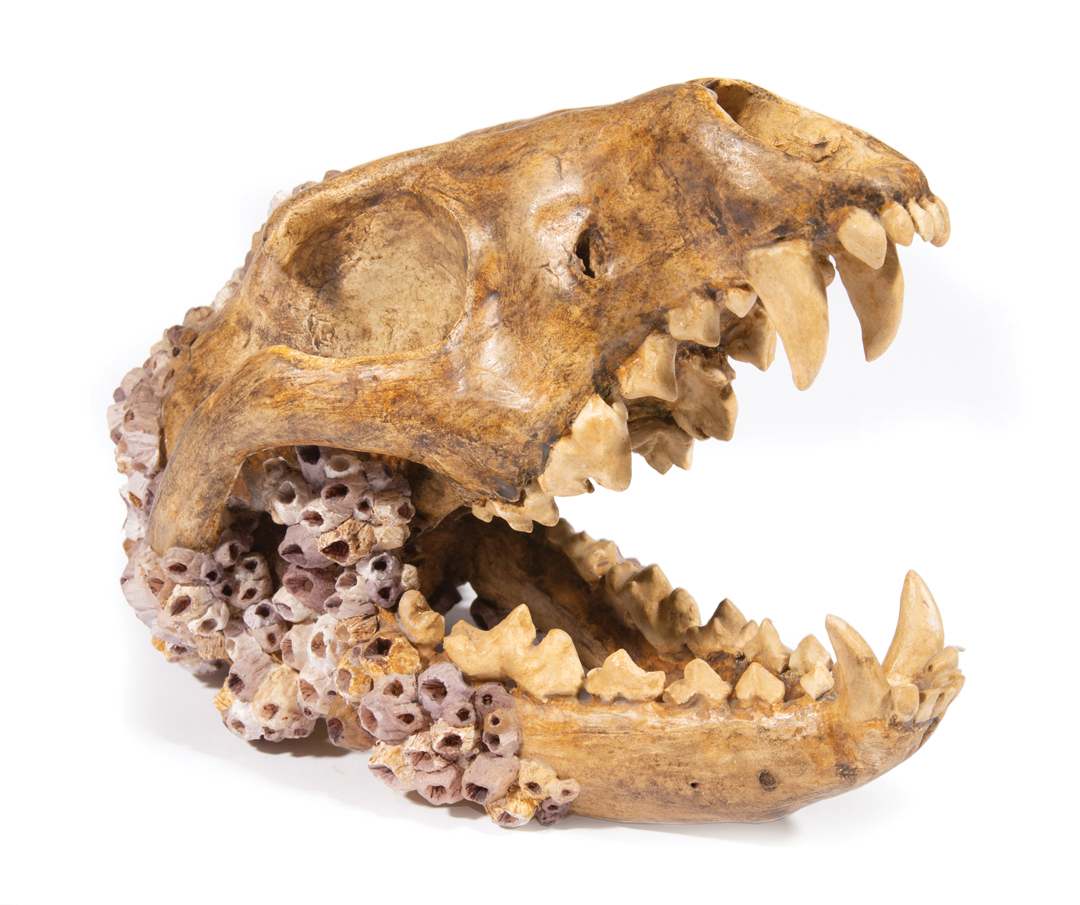
In her August/September 2018 profile of the artist, Reed wrote: “A papier-mâché and beeswax coyote skull called Guarding Nefertiti…is adorned with incredibly lifelike but highly unlikely barnacles. Yet the piece looks as if it somehow evolved that way.”
In her August/September 2018 profile of the artist, Reed wrote: “A papier-mâché and beeswax coyote skull called Guarding Nefertiti…is adorned with incredibly lifelike but highly unlikely barnacles. Yet the piece looks as if it somehow evolved that way.”
Learn more about the Julia Evans Reed Charitable Trust here, and see the auction catalog here.



